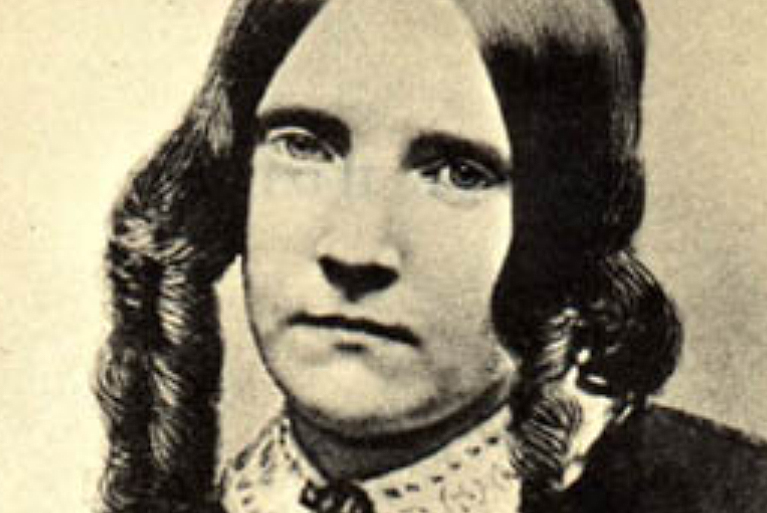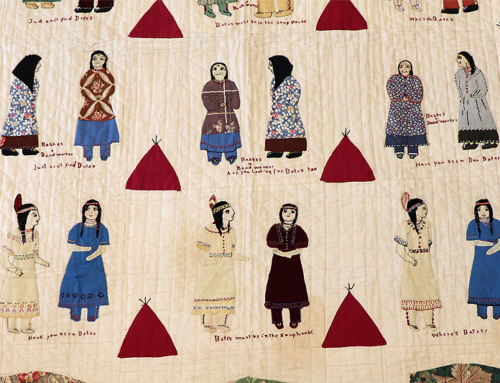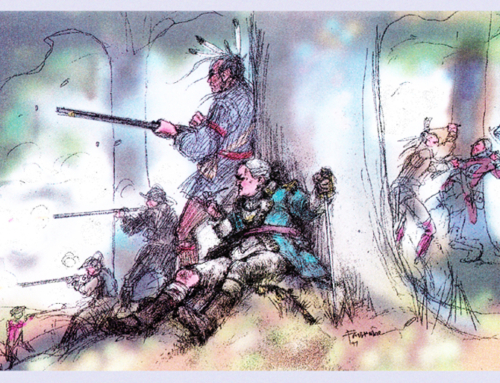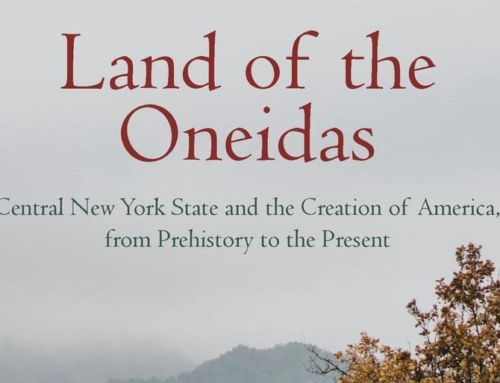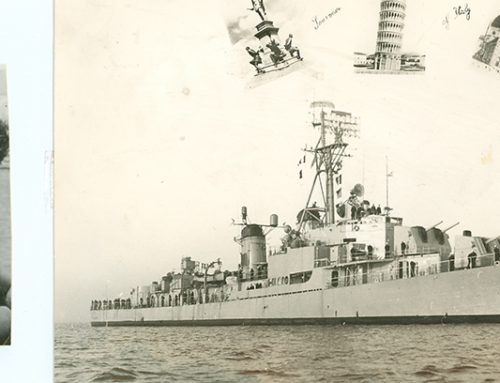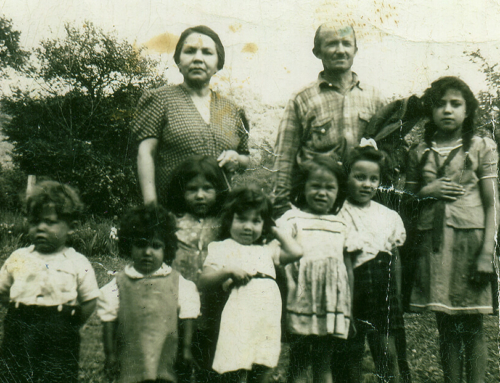The concept of becoming lost while reading is more fact than fiction. Reading can transport you to any place and any time; albeit, it is incumbent upon the reader to judge the words on the page and their accuracy. Simply being in print does not add legitimacy to a work. Caveats aside, sometimes words are just words, mere descriptives of a person, place or thing, of actions and feelings and thoughts. So what is all this prattle about? It is a prelude to the written works of Susan Fenimore Cooper (SFC), daughter of the author James.
As their home was in nearby Cooperstown and the timeframe of the writing is the early 19th century, Susan Fenimore Cooper inevitably included references to Oneidas. Writing with a veiled prejudice firmly glued before her eyes, SFC often wrote with a chauvinistic conceit. However, sift through the trite, and there are interesting tidbits of information on Oneidas of this period, and praise, as well, from the writer.
For instance, in SFC’s Summer chapter of “Rural Hours,” published in 1850, she offers information on Mill Island near her home in Cooperstown:
“We are told that for some years after the village was commenced; Mill Island was a favorite resort of the Indians, who, at that time, came frequently in parties to the new settlement, remaining here for months together. The island was then covered with wood, and they seem to have chosen it for their camp, in preference to other situations. Possibly it may have been a place of resort to their fishing and hunting parties when the country was a wilderness. Now they come very seldom, and singly, or in families, craving permission to build a shanty of boughs or boards, in order to ply their trade of basket-makers. They no longer encamp on the island itself, for the oak by the bridge is almost the only tree standing on it, and they still love the woods; but three out of four families who have been here during the last ten years, have chosen the neighboring groves for their halting-place ….. and when it is remembered that the land over which they now wander as strangers, in the midst of an alien race, was so lately their own – the heritage of their fathers – it is impossible to behold them without a feeling of peculiar interest.”
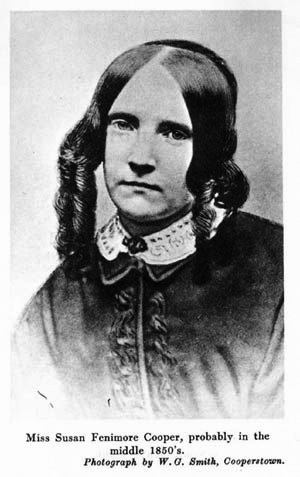
SFC then chronicles her encounter with Oneida women as they visited her home. They had initially come to the village to sell their baskets. Upon entering the Cooper home, SFC saw one of the women admiring a small Chinese basket. “She [the Oneida] rose silently, took the basket in her hand, examined it carefully, made a single exclamation of pleasure …”
Later, SFC visited the Oneida “halting place” where they found the women and children sitting upon the ground making their baskets, which “they make very neatly … They generally dye the strips of ash with colors purchased in the villages from the druggists, using only now and then, for the same purpose, the juices of leaves and berries, when these are in season, and easily procured.”
The men in the Oneida party were likewise employed in their own projects, “cutting bows and arrows for the boys of the village, of ash-wood …”
The writer continues her description of Oneida women carrying their children “tied up in a blanket at their backs, supporting them by a band passing round the forehead, which brings the weight chiefly upon the head.”
She later opines: “It is easy to wish these poor people well; but surely something more may justly be required of us – of those who have taken their country and their place on the earth … It is painful, indeed, to remember how little has yet been done for the Indian during the three centuries since he and the white man first met on the Atlantic coast.”
Leaving “Rural Hours” behind, there is another illustration of SFC connections to the Oneidas in her 1881 children’s book, “The Adventures of Cocquelicot,” in which she provides a nodding mention to Oneidas. In the book, based upon her family’s adventures, including the cat of the title, they were on their way to Cooperstown from Albany, a none-tooeasy journey at the time, traveling in a stagecoach.
Hugh C. MacDougall, founder of the James Fenimore Cooper Society, explains in the tale’s footnotes that when the Fenimore clan reached an area known as Pine Barrens, a “flat, poor sandy land between Albany and Schenectady,” the coach had an encounter upon the road. The area was occupied by “impoverished Oneidas, who as American allies during the Revolution had taken refuge in Schenectady, and were afterwards abandoned. For many years this group of Oneidas (sometimes referred to in local histories as gypsies) were known and reviled, as ‘Yantzies.’”
In SFC’s story, the father in the carriage calls out to one of the Oneida men, “Sago,” a salutation that SFC’s father, James Fenimore Cooper, frequently used, referring to it as an “Indian greeting.”
The book continues:
“‘Sago!’ replied the dark-faced man on foot.
‘Oneida?’ inquired the gentleman (in the coach).
‘Oneida,’ replied the stranger, in a low, mournful voice.’”
SFC’s father grew up in Cooperstown at a time when Oneidas lived in the forest near his home. He met several Indians during his youth. Later, James Fenimore Cooper incorporated many of his early experiences into his novels. His daughter, Susan, elaborated on the Oneida in additional segments of her book “Rural Hours,” as well. Let’s leave her on this quote, again from the Summer section:
“Let us acknowledge the strong claim they [Oneidas] have upon us, not in word only, but in deed also. The native intellect of the red men who peopled this part of America surpassed that of many other races … they have shown bravery, fortitude, religious feeling, eloquence, imagination, quickness of intellect, with much dignity of manner; and if we are true to our duty, now at the moment when they are making of their own accord a movement in the path of improvement, perhaps the day may not be distant when men of Indian blood may be numbered among the wise and the good, laboring in behalf of our common country.”
This article originally appeared in the April/May 2009 edition of The Oneida Newsletter.


